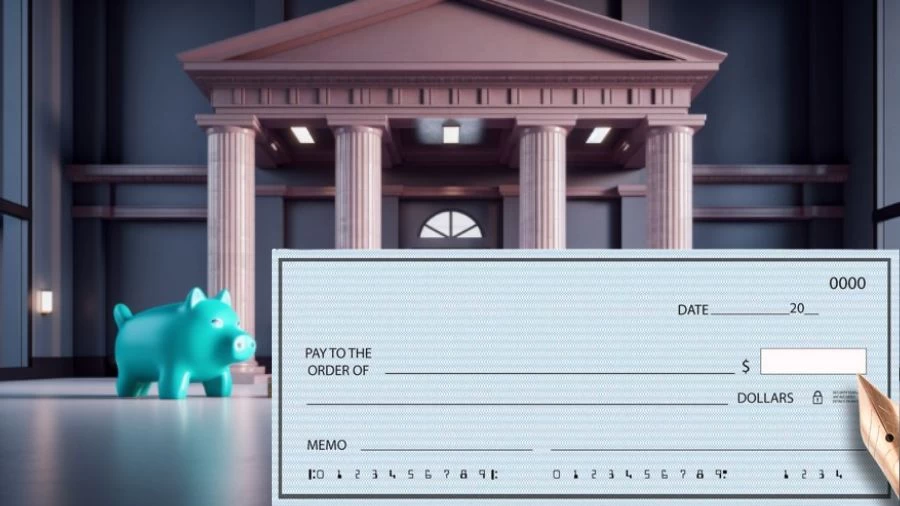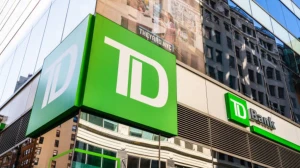
What is a Routing Number, How to Find a Routing Number With a Check?
A routing number is like a bank's digital fingerprint, ensuring safe and smooth money transfers, and you can easily find it on the bottom left corner of your check.
by Kowsalya
Published Aug 03, 2023 | Updated Dec 12, 2023 | 📖 5 min read
What is a Routing Number?
A routing number is a nine-digit bank identification number essential for various financial transactions, serving as a numerical address that facilitates the sending and receiving of money between financial institutions. Introduced by the American Bankers Association in 1910, routing numbers are crucial for tasks such as check processing, wire transfers, and online bill payments.
Each routing number is unique to a specific financial institution, preventing confusion and ensuring funds are directed accurately. Individuals may encounter their routing number when setting up direct deposits, initiating wire transfers, or linking accounts with different banks. It can typically be found on checks in the bottom left corner or obtained through online banking platforms, bank statements, customer service inquiries, or branch visits.
How to Find a Routing Number With a Check?
To find a routing number with a check, you can locate it easily in the bottom left corner. It is the first set of nine numbers, typically starting with 0, 1, 2, or 3. The routing number is followed by your account number and check number, each clearly separated.
If you don't have a paper check, alternative methods include checking online via your bank's website or mobile app, reviewing bank statements, contacting customer service, or visiting a branch. The routing number is crucial for various financial transactions, such as online bill payments, direct deposits, wire transfers, and more.
Embark on a journey into the world of Finance with MarketsHost, where you'll find valuable information about Banking, Credit Cards, Loans, and much more.
How to Find a Routing Number Without a Check?
Learn how to find your bank's routing number without a physical check using online banking, statements, customer service calls, or by visiting a branch, ensuring easy access to this essential information.
Go Online
- Log in to your online banking account.
- Access "account information" or "account summary" to find the routing number.
- Check the bank's official website, mobile app, or FAQs for the routing number.
- Conduct an internet search using your bank's name and "routing number."
Bank Statement
- Look for the routing number on your monthly paper or electronic bank statement.
- Note that not all banks include routing numbers in statements.
Call the Bank
- Contact the bank's customer service.
- Ask a representative to provide the routing number or confirm the one you found online.
Visit a Branch
- Go to a physical branch of your bank.
- Look for the routing number displayed in the lobby for customer convenience.
- If not visible, ask a teller at the branch for the routing number.
What is the Difference Between Routing Number and Account Number?
Below is a comparison table highlighting the key distinctions between routing numbers and account numbers in banking, providing a clear understanding of their unique roles and significance in financial transactions.
| Aspect | Routing Number | Account Number |
|---|---|---|
| Definition | 9-digit bank identifier | 8-12 digit unique account identifier |
| Identification | Identifies the bank | Identifies the account |
| Format | 9 digits | 8-12 digits |
| Uniqueness | Unique to each bank | Unique to each account holder |
| Location on Checks | First on the check | Follows the routing number on the check |
| Usage | For electronic transfers, wires, etc. | For transactions and account identification |
| Security | Less sensitive | Highly sensitive, like a Social Security number |
| Finding Methods | Bottom of a check or online portal | On checks, statements, apps, or the bank's website |
| Direct Deposit | Needed for deposits along with account number | Needed for deposits along with routing number |
| IBAN | Not applicable; used for domestic transactions | Not applicable; used for international payments |
| Caution | Ensure accuracy to avoid transaction issues | Guard against unauthorized access |
How Many Digits Are in a Routing Number?
A routing number in the United States comprises nine digits, each serving a distinct purpose in electronic transactions. The initial four digits constitute the Federal Reserve Routing Symbol, identifying the Federal Reserve District and the specific processing center of the financial institution. Following these, the subsequent four digits represent the ABA institution identifier, uniquely identifying the financial institution itself.
The final digit is the check digit, strategically placed to prevent transaction errors and ensure the accuracy of electronic fund transfers. These nine digits collectively form the routing number, a critical component used to route and process various financial transactions across different banks and credit unions in the United States.
What Are the Different Types of Routing Numbers?
Routing numbers are numerical codes used in the United States to identify financial institutions and facilitate various types of electronic transactions. Here are the key details about ABA and ACH Routing Numbers:
ABA Routing Numbers
- ABA (American Bankers Association) routing numbers, also known as transit numbers or ABA RTNs, are the most common type of routing numbers.
- Used for various domestic transactions, including checks, direct deposits, wire transfers, and automated clearinghouse (ACH) transfers.
- Typically a 9-digit number located at the bottom of checks, often preceded by the bank's symbol or logo.
ACH Routing Numbers
- ACH routing numbers are a subset of ABA routing numbers, specifically designated for Automated Clearing House (ACH) transactions.
- Used exclusively for electronic fund transfers, such as bill payments, direct deposits, and recurring payments.
- Identical to ABA routing numbers; the distinction lies in their purpose.
What is a Routing Number - FAQs
1. What is a routing number and why is it important?
A routing number is a unique 9-digit code that identifies U.S. financial institutions, essential for secure electronic fund transfers and transactions.
2. How can I find my bank's routing number without a physical check?
You can find your routing number online through your bank's official website, mobile app, or customer service, ensuring easy access to this vital information.
3. Is a routing number confidential information?
No, a routing number is not private; it identifies the bank and is shared upon request for various transactions like direct deposits and bill payments.
4. What's the difference between a routing number and an account number?
A routing number identifies a bank, whereas an account number specifies an individual's bank account for proper deposits and transactions.
5. How many digits are there in a U.S. routing number?
A U.S. routing number consists of nine digits, crucial for routing and processing various financial transactions across different banks and credit unions.




